What is Insecticidal Soap?
Insecticidal soap consists of potassium salts of fatty acids – i.e., soap. These soaps are combined with some type of oil (vegetable, coconut, corn, soybean, etc.) for more effective insect destruction.
Only specific fatty acids can kill insects. Oleic acid, which is present in olive oil and vegetable oils, is probably the most effective.
Read more gardening advice from Rosefiend Cordell.
Jump to:
- What is Insecticidal Soap?
- How Does Insecticidal Soap Work?
- Which Insects are Vulnerable to Insecticidal Soap?
- Pros of Using Insecticidal Soap
- Cons of Insecticidal Soap Use
- Make DIY Insecticidal Soap Mixes
- How to Use Insecticidal Soap
- Catch Pest Infestations While They’re Small
- Use Multiple Means of Control on Large Infestations
- Cautions
- Use Insecticidal Soap Safely Around Bees and Beneficial Insects
How Does Insecticidal Soap Work?
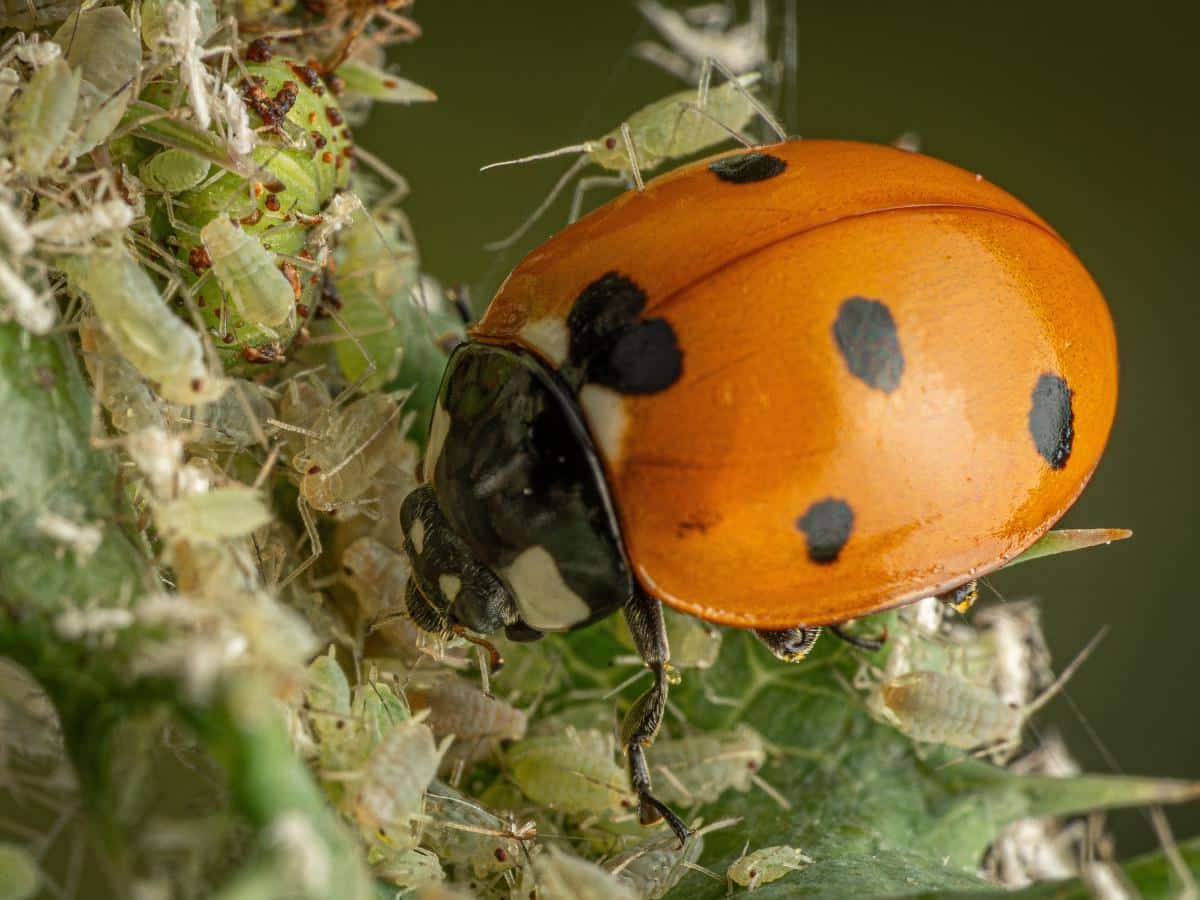
It’s still not clearly understood exactly how soap works. One theory: Insects have a waxy coating on their bodies called chitin. This keeps moisture in and keeps harmful things out. The fatty acids in insecticidal soap breaks through the wax in the insect skin, causing the insect to become dehydrated and die. It can also dissolve cell walls, causing cells to collapse.
Another theory: The insect also breathes through spiracles in its abdomen, which are protected by hairs that hold air next to the body as well as the same waxy coating. However, the soap lowers the surface tension of the water. Because of this, the water and soap can block the spiracles and the beetle suffocates.
Whatever the method might be, it’s effective!
Which Insects are Vulnerable to Insecticidal Soap?
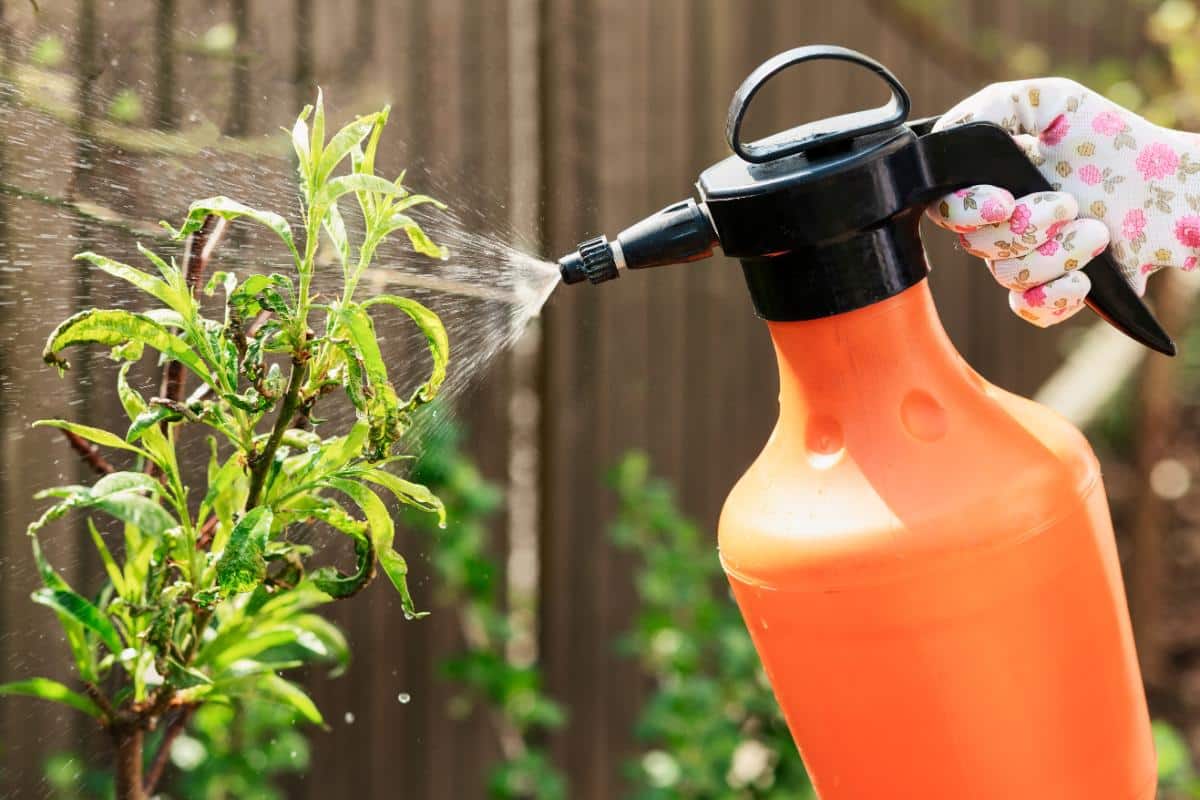
Often, soft bodied insects such as aphids, mealybugs, psyllids, and spider mites will be killed off readily by insecticidal soap. Hard-shelled insects such as beetles will not be as readily destroyed.
Multiple applications are best every 5 to 7 days
Insects such as aphids and spider mites can keep replenishing their populations every three days, so spray every 3 or 4 days. Keep an eye on the area for several weeks. If they make a comeback, spray again.
Pros of Using Insecticidal Soap
- It’s inexpensive.
- It’s one of the safest pesticides available.
- Insecticidal soap breaks down readily in the environment, leaving no harsh residues.
- They can be sprayed on vegetables up to the day of harvest.
- They’re non-toxic to plants and animals.
- It's good for pollinators (there are some caveats – which we will cover later in this article).
- Insecticidal soap is earth-friendly.
- When you consider the amount of insecticides and herbicides being sprayed worldwide on residential areas and agricultural areas, insecticidal soap is a far, far better solution.
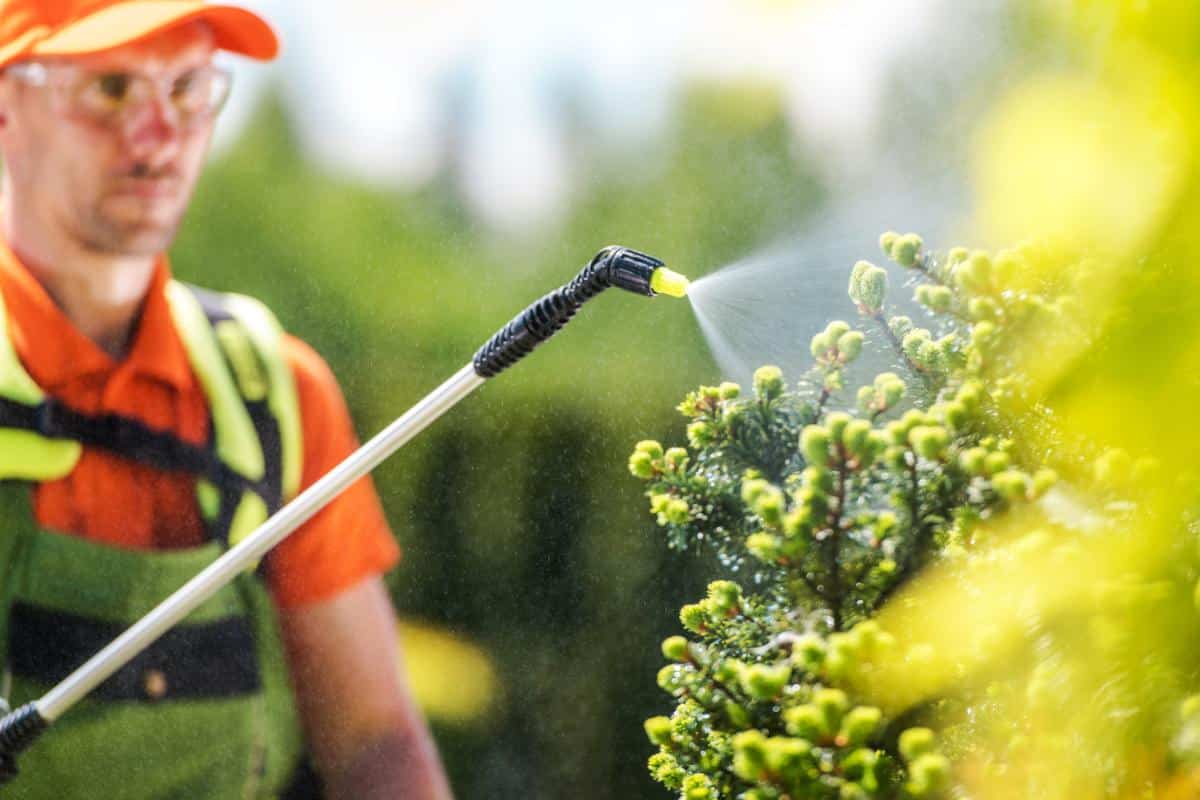
Cons of Insecticidal Soap Use
- Insecticidal soap doesn't last very long on the plant. Once the solution evaporates, it’s not going to kill anything.
- Insecticidal soap is a contact pesticide – it must make contact with the insect to kill it. It needs to be sprayed on both sides of the leaf to catch insects that are hiding.
- It has no effect on insect eggs.
- It has less effect on hard-bodies insects such as beetles.
- If used for too long, insects might develop a tolerance to it. Switch insecticidal soap out with other environmentally-friendly means of control.
Make DIY Insecticidal Soap Mixes
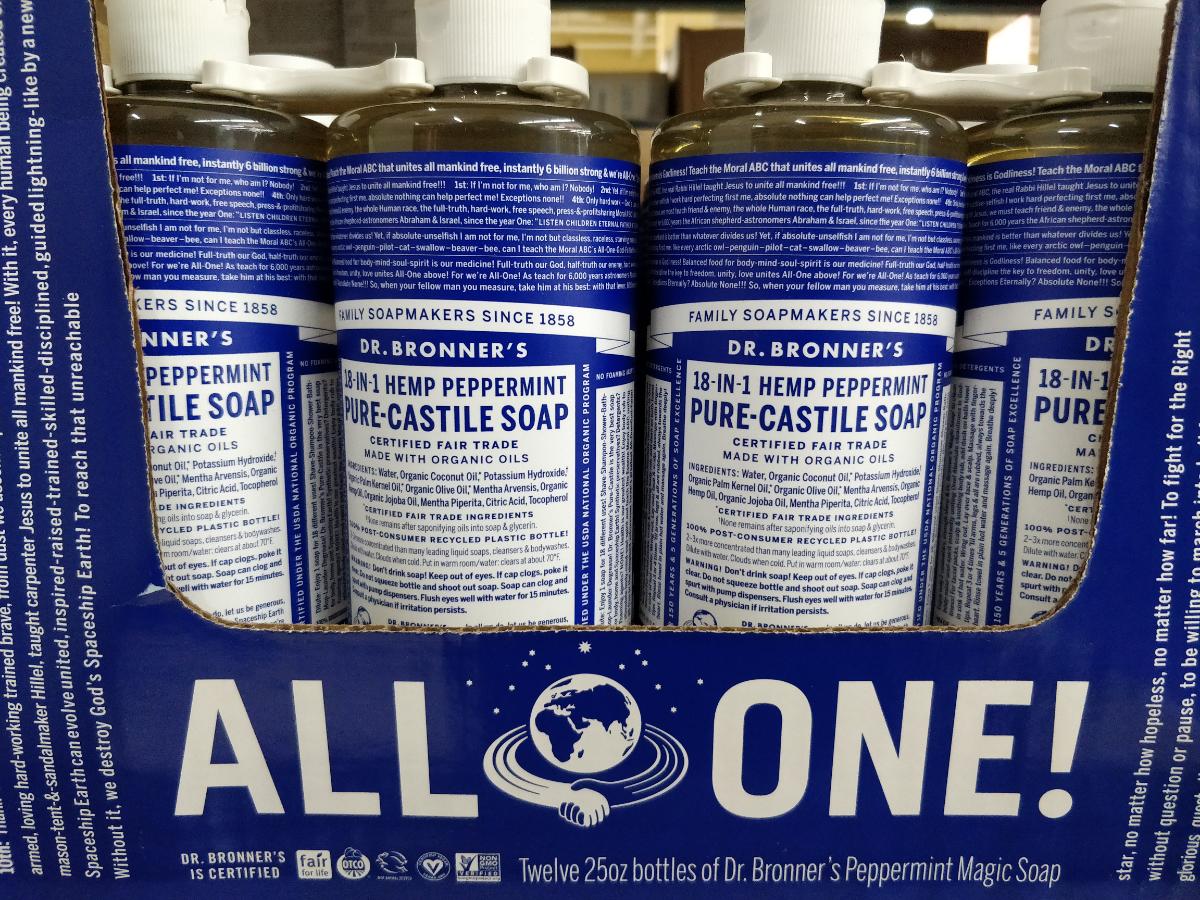
If you’re a do-it-yourself kind of person, then a DIY insecticidal soap mix is probably what you’re looking for.
Use the following supplies:
- Spray bottle or small sprayer: Make sure they’re clean before filling them with insecticidal soap.
- Soap: Not every soap can be used as an insecticide – only a few have the needed properties. Dr. Bronner’s castile soap is a good brand. Dishwashing liquids such as Palmolive, Dawn, Ivory, New Day, and Joy can also kill soft bodied insects in 1% or 2% solutions. (Kansas State University)
- Water: Tap water or water out of the hose is fine. However, if you live in an area with hard water, consider using distilled water or rainwater. Hard water can bind with the soap and make the solution less effective.
- Vegetable oil: An additional ingredient that helps to smother insect pests. Some solutions use it – some don’t. This solution can be made without it.
Mix in a handheld sprayer:
- 1 tbsp soap
- 1-quart water
- 1 tbsp vegetable oil
In a gallon sprayer:
- 4 to 5 tbsp soap
- 1-gallon water
- 4 tbsp vegetable oil
Mother Earth News has a slightly different recipe:
“Shave one quarter of a bar of Fels-Naptha laundry soap (about 1 inch) into 1 quart of heated water. Stir until dissolved. This will be your insecticidal soap concentrate. Put the soap solution into a labeled jar.
“To use the soap spray, put 1 teaspoon of concentrate per quart of water into a sprayer.
For additional killing power, add ¼ cup of rubbing alcohol per quart.”
Commercially-made insecticidal soaps are much better at killing insects than dish soap from the grocery store.
Due to coloring agents or other additives and other issues, DIY insecticidal soaps are less predictable and can be less effective.
Note: DIY soap mixtures often have the unintended effect of dissolving the waxy coating of plant leaves and burning the plant, not the insect. Some plants are very sensitive to soap and can be badly damaged.
Spray a small portion of the plant to check for phytotoxicity. If a plant is burned, quickly spray all surfaces with clear water and use a more diluted insecticidal soap in the future.
How to Use Insecticidal Soap
- For best results, spray the top and bottom of the leaves with the insecticidal soap to make sure it gets on the insect pests.
- It will have to be sprayed repeatedly, again, because it doesn't linger on the leaves.
- Because insect populations fly from plant to plant, and new insects hatch, the applications will need to be repeated every five to seven days for best results.
- Always read and follow label instructions. Using more insecticidal soap doesn’t kill more insect pests – but high concentrations are more likely to burn plant leaves.
- Don't spray in direct sun if possible. The best spray times are early morning and early evening, when the insecticidal soap will be slower to dry and, therefore, more effective for a longer time.
- Mix only what you need. If you're not sure how much that is, just start with a gallon, see how much area this covers, then mix additional amounts from there.
- Concentrate the spray where the insects are and where the damage is. This involves keeping an eye on your plants, which is a good idea anyway.
Learn more:
- How to Keep Aphids Out of Your Organic Garden (10 Ways)
- 15 Tips to Use Organic Pesticides Safely
- Organic Gardener’s First Aid Kit for Fighting Pests and Diseases
Catch Pest Infestations While They’re Small
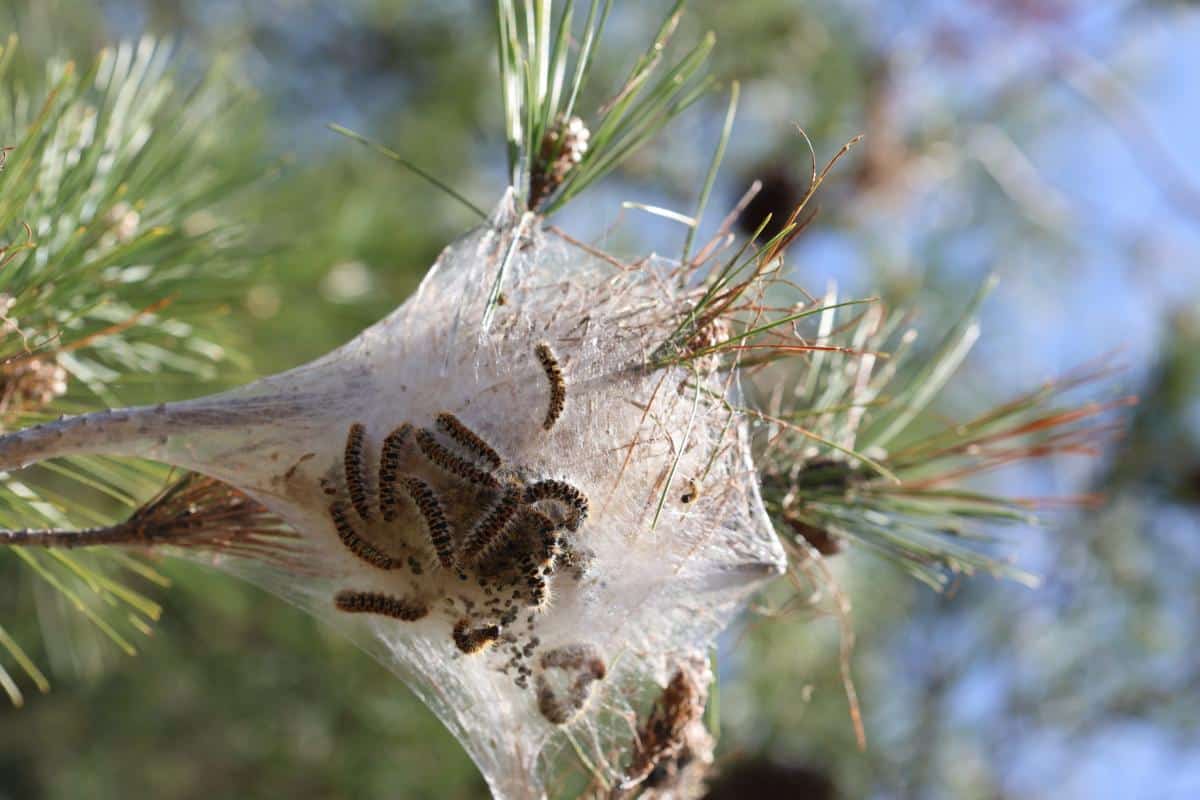
Insecticidal soap can knock down the number of small infestations quickly and stop them in their tracks.
Case in point: Ages ago, one of my co-workers at the baseball complex called me to spot-spray some birch trees infected with tent caterpillars. I used the wand of the sprayer to break up the tents they’d made, then sprayed the exposed caterpillars with insecticidal soap. It was a one-time deal. My co-worker was impressed because they all died off immediately.
It is super satisfying to spray once and have the pests be gone. It’s better to stop a small infestation in its tracks than to have to fight a big one that’s out of control.
Use Multiple Means of Control on Large Infestations
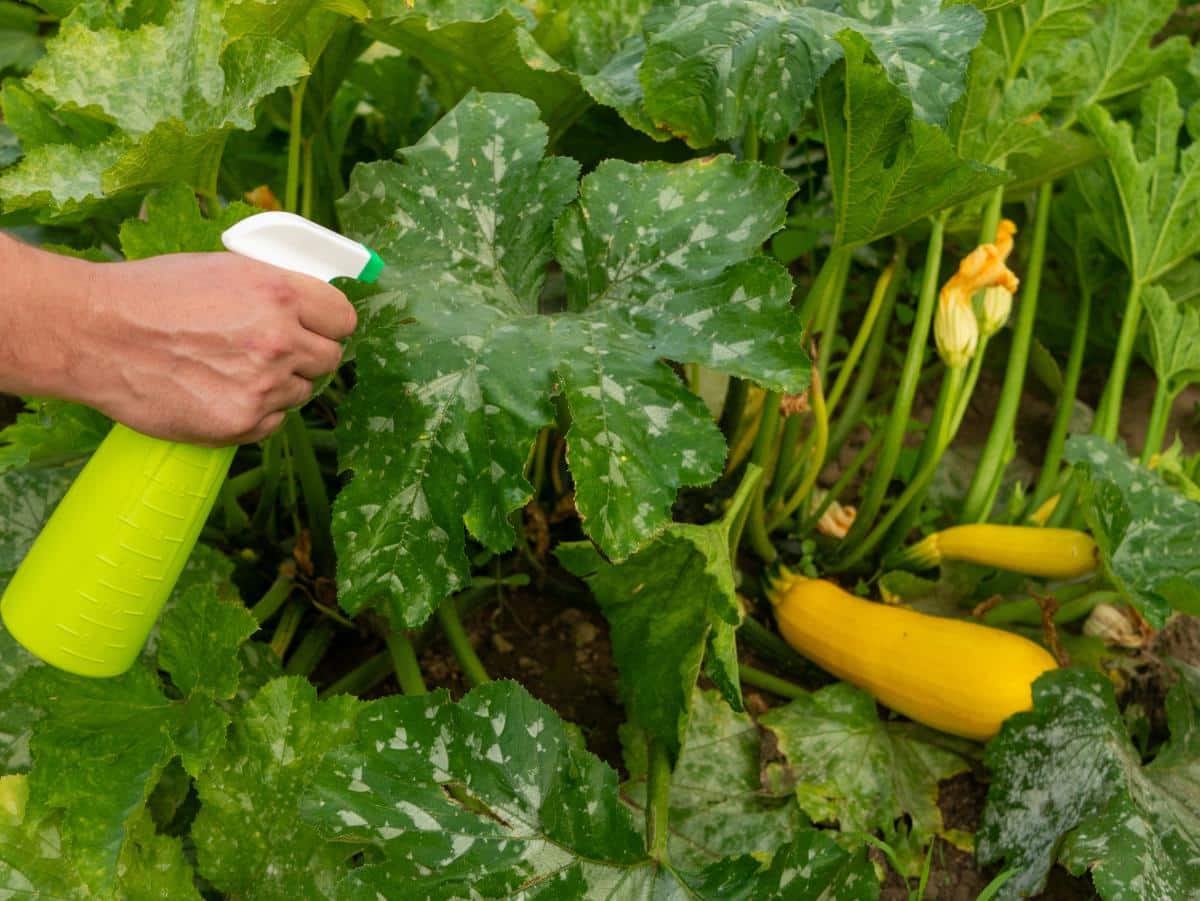
Sometimes, insecticidal soap doesn’t work, and it feels like the pests keep coming. The pest insects might be flying in from all over, like Japanese beetles, or they might reproduce rapidly, like aphids and spider mites.
In this case, if an infestation isn’t responding to insecticidal soap alone, it’s time to apply several different techniques to kill off the insect infestation.
These are my go-to methods:
- Spraying with insecticidal soap
- Squishing or picking off insects
- Blasting them with a water hose to knock them off the plant.
Picking and squishing is effective. Insects can develop immunity to different poisons and insecticides, but they never develop immunity to being squished. It’s time-intensive, but it certainly improves the knockdown rate at the end.
Blasting the plant with a water hose often knocks the insects off, and they croak away from the plant.
Generally I’ll squash bugs, then follow up with spraying insecticidal soap. Then the next day the plant gets blasted with the water hose. Spray every three days if dealing with aphids or spider mites, and keep alternating means of control until the infestation is gone.
Learn More: 12 Must Have Products for the Organic Gardener
Cautions
- When making homemade insecticidal soap spray, avoid dishwashing detergent. This might harm plants by removing the waxy coating on their leaves, and it doesn’t work on insects.
- Spray the solution on a few out-of-the-way leaves on the plant. If burning or withering results, try a different recipe.
- People in hard water areas will get improved results by using rainwater or distilled water. The calcium in hard water can bind the soap, making the insecticide less effective.
Use Insecticidal Soap Safely Around Bees and Beneficial Insects

Insecticidal soap, a contact pesticide, will adversely affect pollinators and beneficial insects if they happen to get in the spray. Here are a few ways to keep pollinators safe.
Spray in the early morning or early evening. Pollinators usually wait for the day to warm up before they start making their rounds and go to bed before the sun does. Spray outside of those times.
Avoid spraying flowers as much as possible. No spray in the flower, no spray on the pollinators.
Cut off all flowers and buds if the infestation is affecting the flowers. Pollinators will visit other flowers, and the plant can then send its energy toward fighting the infestation.
Fortunately, some insects are not very susceptible to insecticidal soaps, including ladybugs, lacewings, and bees. All the same, it pays to be a “safety-first” gardener.
By Rosefiend Cordell, horticulturist.
Read more: Beneficial and Pest Insects: The Good, the Bad, and the Hungry.

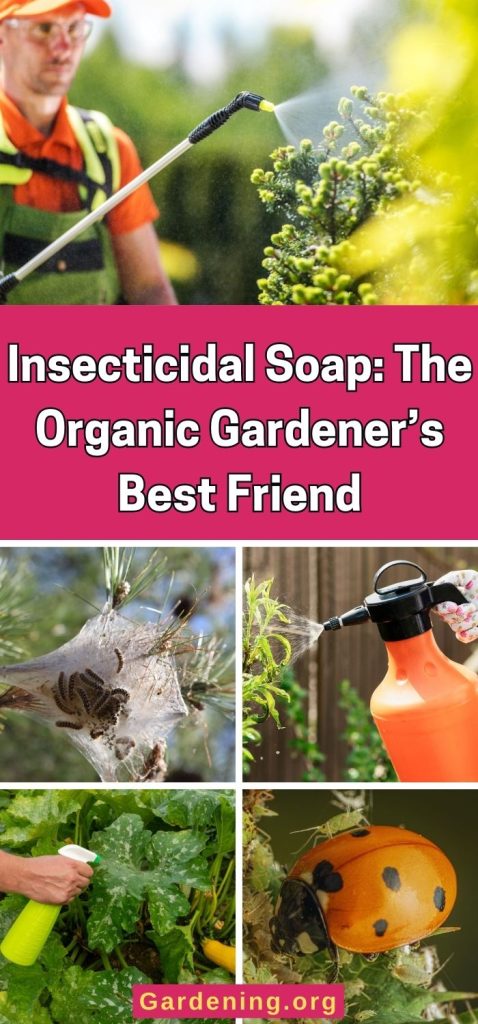
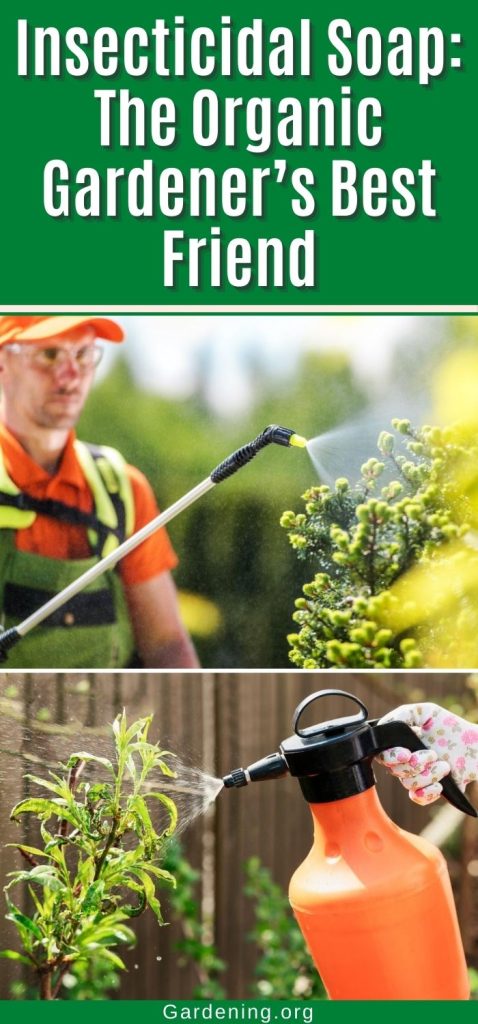

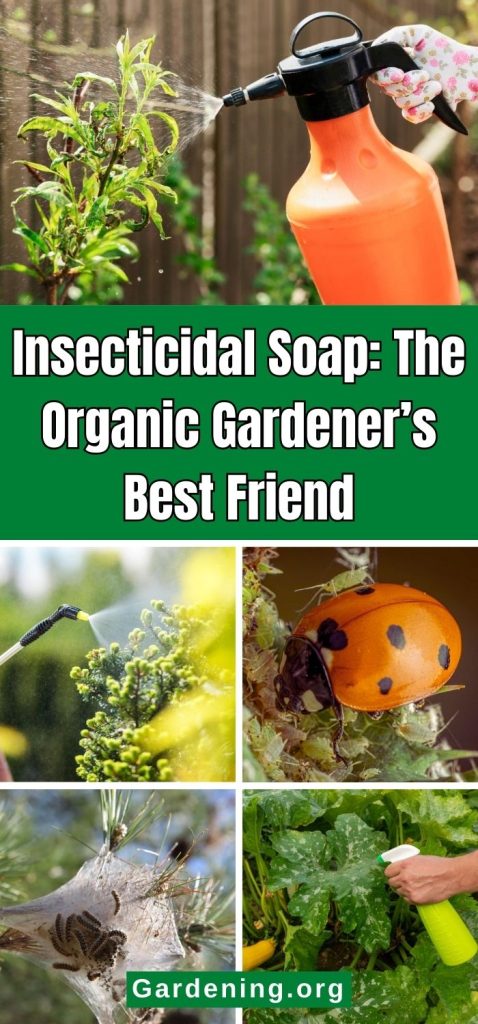
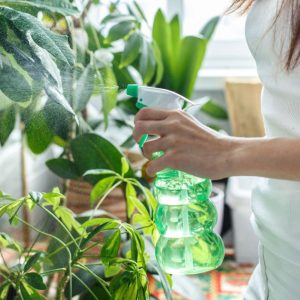
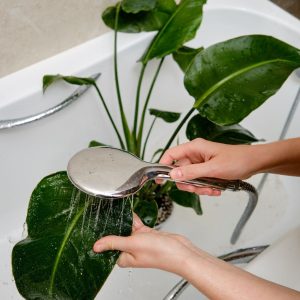

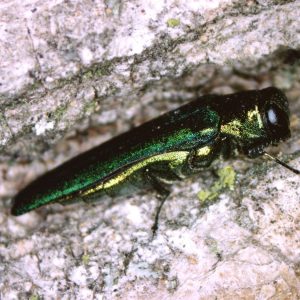
Leave a Reply